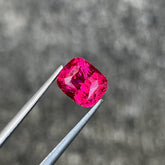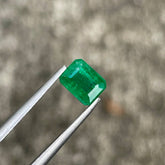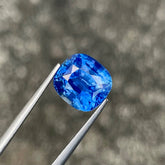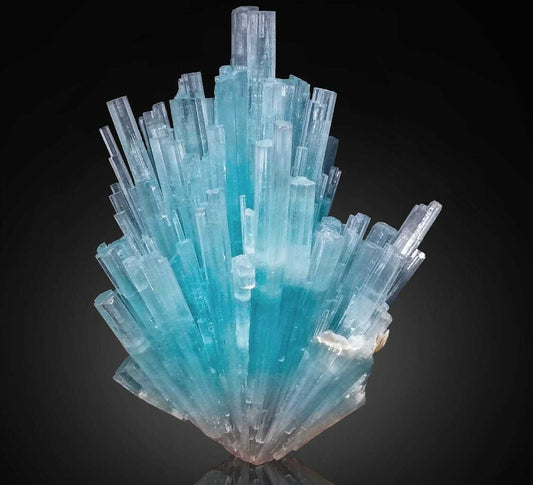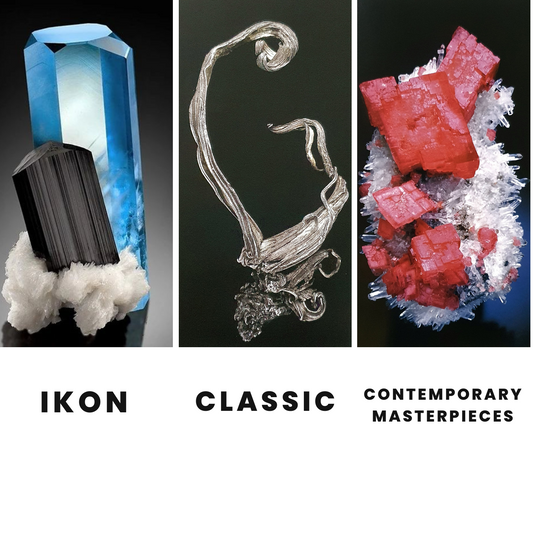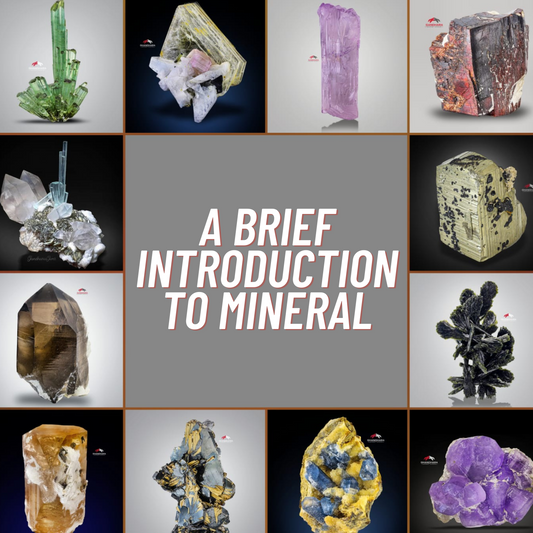featured How Gemstones are Formed in Nature
Minerals form under various conditions in the Earth's crust, the outermost layer of the Earth, which ranges in depth from 8 to 40 km. Only two gemstone varieties (Peridot and the...
On by M Farooq 0 Comments
Ikons, Classic, and Contemporary Masterpieces of Mineralogy
INTRODUCTION The photos and text presented here are intended to provide a better understanding of a very esoteric and often mysterious subject: the collecting of world-class mineral specimens. This is...
On by M Farhan 0 Comments
A Brief Introduction to Minerals
Minerals, by definition, are naturally occurring “inorganic” (Not containing any organic) substances, often characterized by a precise crystal structure. Its “chemical structure” (The atomic arrangement of a substance) can be exact or can...
On by M Farhan 0 Comments


